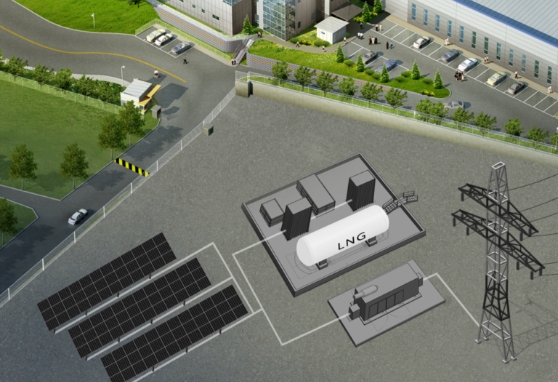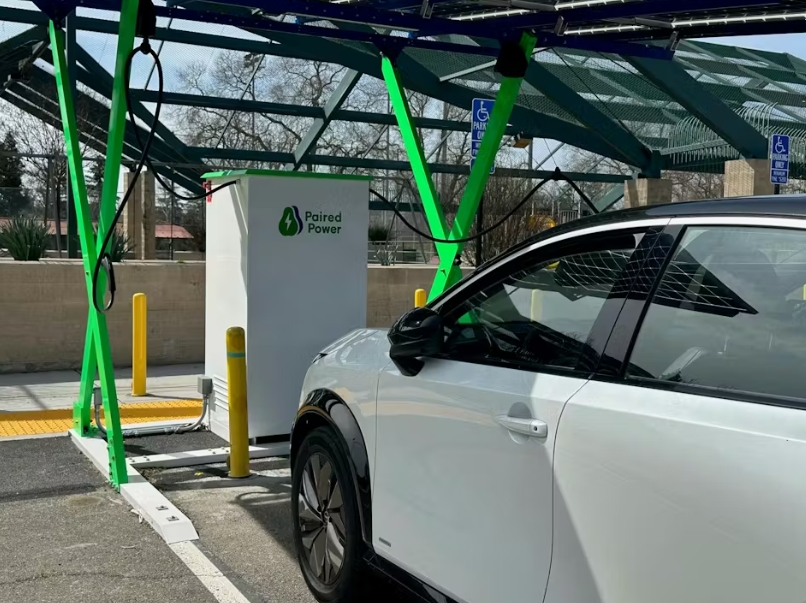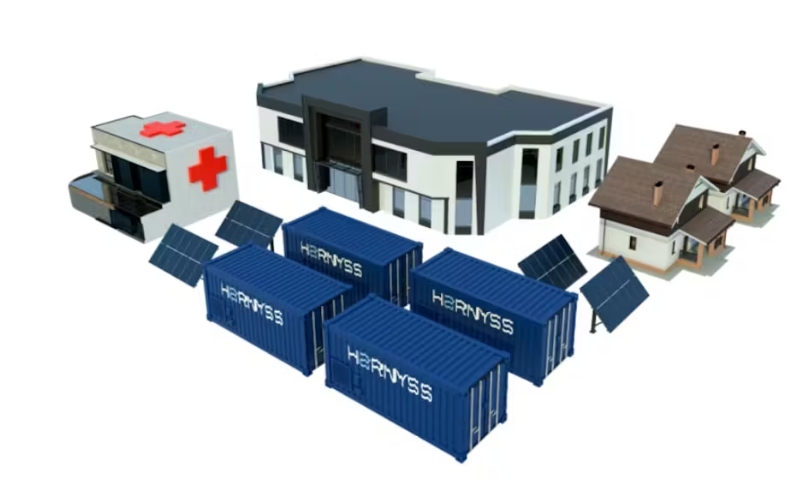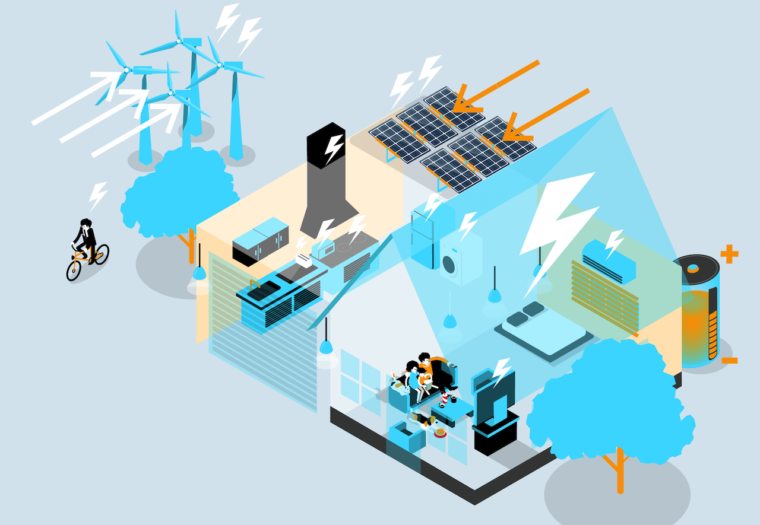
The announcement that ABB and Rolls-Royce have formed a global partnership to develop microgrids is an opportunity to put this topic under the microscope. The Fifth Estate discovers that the potential market is huge but not all microgrids are equal.
A microgrid is a small scale, local electric grid that combines power from distributed energy generation sources such as combined heat and power plants, diesel- and gas-powered gensets and renewable sources with batteries.
Microgrids offer energy security and the ability to integrate renewable energy with other sources; they can also potentially offer greater confidence on price control, and provide markets for local generators.
They can be separate from or connected to the national grid. If the latter, they will have the ability to disconnect from the National Grid and operate discreetly.
Microgrids can also be scalable and modular
Andreas Schell, chief executive officer of Rolls-Royce Power Systems, said the advantage of working with ABB was “combining our integrated MTU diesel and gas genset system technology and our control solutions, with ABB’s modular microgrid solution, control capability and remote service.”
This “can ensure a stable power grid, even with a high share of renewable energy from various sources, working smoothly together with already installed gas or diesel engines,” Massimo Danieli, head of ABB’s grid automation business line, explained further.
The many varieties of microgrid
Because microgrids can operate discreetly, they are of interest to data centres and the military to protect power supplies from cyber attacks.
For this reason, many microgrids are not particularly focused on renewables. The motivation for then is often focused on security, safety, reliability, and price confidence.
In Florida, where there’s been a lot of microgrid installations in recent years, they give protection in the event hurricanes hit the state, which is increasing due to climate change. While more and more solar and storage may be added to these grids over time, presently they rely more on fossil fuels.
A $100 billion market is waiting
The potential market over the next five years is huge worth up to $100 billion, according to Navigant Research.
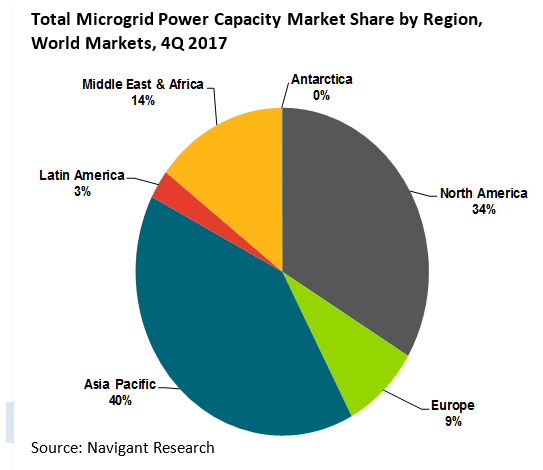 The global capacity of commercial and industrial microgrids is expected to grow dramatically from 448.3 MW in 2017 to 5,389.1 MW annually by 2026.
The global capacity of commercial and industrial microgrids is expected to grow dramatically from 448.3 MW in 2017 to 5,389.1 MW annually by 2026.
Standalone microgrids, driven by solar power and other renewables, possibly with fossil fuel backup, are also widely considered to be the future for electrifying remote areas of the world. This is more efficient and feasible than bringing a national grid to these locations.
However, in practice they have been a tough sell to communities, as they are not perceived to provide “real” electricity by which local residents mean uninterruptible high-quality AC electricity.
For grid-connected microgrids, depending upon the country, regulators find microgrids difficult to deal with and assimilate; there often isn’t a regulatory regime, local substations can’t handle them, and policymakers are struggling to catch up.
Microgrids threaten utilities’ business models
Microgrids provide the opportunity for small and social concerns to enter the energy market. These could be energy co-operatives who benefit members from cutting out the middle-person and therefore being able to sell cheaper power.
Smart metering with automated real-time transaction exchanges, that keep track of pricing, and match supply and demand, all allow for distributed energy generators to work together to supply customers.

Some see this as a revolution that potentially threatens utilities’ business models. Again, in practice, larger monopolies threatened by disruption of this nature often find a way of accommodating it, by using their capital to invest in more competitive offers.
Community versus traditional microgrids
But these community microgrids have passionate backers, and have other advantages. Whereas traditional microgrids cover a single or geographically related customer locations, community micro grids can span an entire substation grid area, thereby potentially benefiting many more customers.
In Britain, Energy Local is one co-operative initiative of this nature that is beginning to take off, although it is having difficulty finding a small utility company to partner with that can manage the installation and transactions, since the returns are marginal given the relatively high level of initial investment at the start.
Nevertheless, costs can be lowered by identifying optimal locations over a wide area to deploy renewables more broadly, providing the ability to scale up, whereas traditional microgrids maximise benefits for single customers at single sites and do little for the wider grid stability.
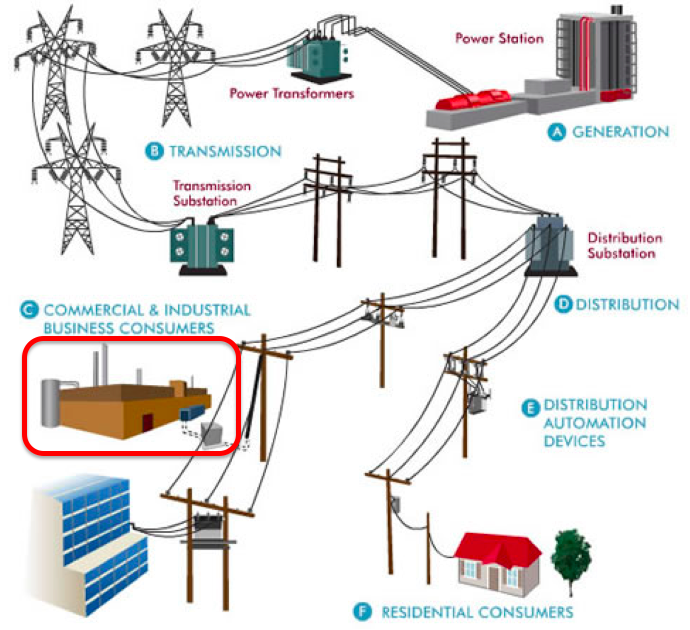 Traditional microgrids
Traditional microgrids
Traditional microgrids
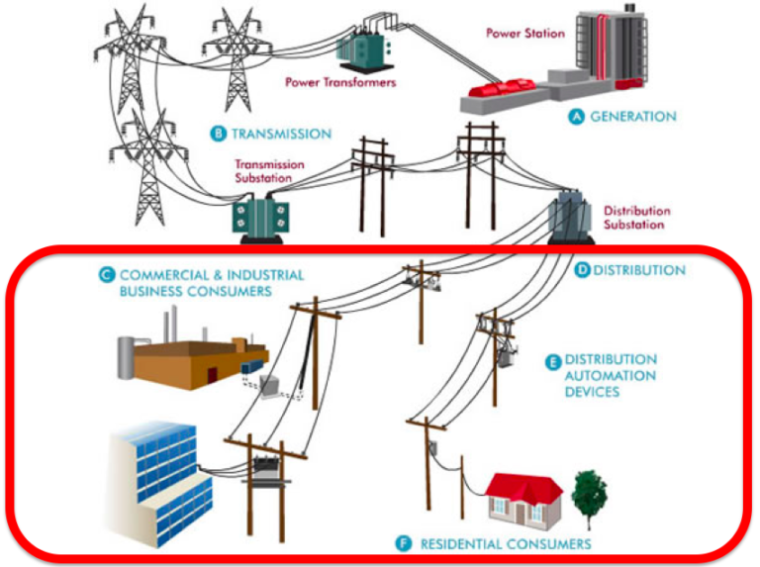 Community microgrids
Community microgrids
Community microgrids
Community microgrids can also provide indefinite backup power to prioritise critical loads, whereas traditional ones typically provide limited backup power to a single location customer.
Community microgrids are also easily replicable and scaled, whereas traditional ones require work to implement at each individual location.
The emergence of microgrids is creating a niche revolution.In summary, the emergence of microgrids is currently creating a niche revolution in the way customers and generators interrelate.
